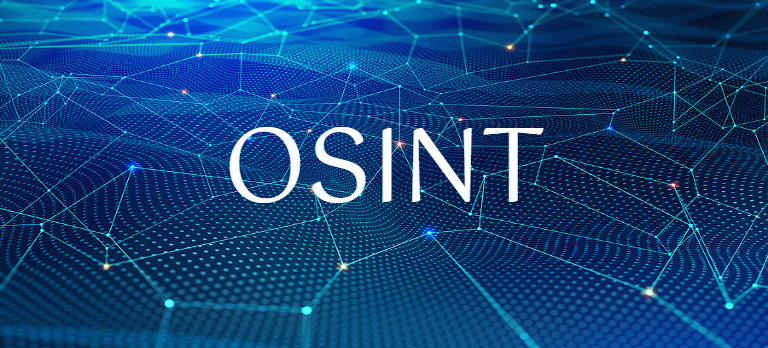Improving government service to the citizen has been an ongoing cross-agency goal since it was first established by President Obama in 2011. In the last decade, agencies made great strides in digitizing records and workflows to enable more online self-service and streamline processes for service reps within government. The pandemic accelerated many digitization plans, moving to more automated systems faster than expected to meet increased demand from citizens while working remotely. Now, more than a year into this “new normal,” agencies are looking at what’s working and the next steps for realizing improved service to citizens.
Just a starting point
Even with 10 years of focus on improving citizen service and the incredible strides being made, a recent survey found that only 12% of Americans say digital services offered by the government are meeting their needs. This illustrates the gap between the experience people have with private sector companies and the government. Similarly, Forrester’s 2020 U.S. Federal Customer Experience Index found that the federal average Customer Experience (CX) score trailed the private sector by nearly 11 points and was “lower than any other industry or sector” studied. While the government has made impressive steps in its own right, it still is far behind private companies in terms of the maturity of digital service.
Building on existing efforts
The Biden administration has said they are focused on fully implementing the 21st Century Integrated Digital Experience Act, a law dating from 2018, which requires that executive agencies transition from paper-based to web-based forms in order to modernize government services to citizens. The Office of Management and Budget is providing guidance to help push agencies across the finish line in terms of their fully digital customer experience.
One technology, multiple benefits
Many agencies turned to online channels to take pressure off of phone-based representatives. They quickly found that these online channels could also get overwhelmed so they began integrating even more automation, with natural language processing (NLP) proving to be a key tool. The implementation of NLP not only further automated online response, it allowed for the collection of data that enabled trend spotting and feeding predictive planning to get ahead of citizen requests and concerns. This gathering of data is a new way to listen to the “voice of the customer.” Rather than relying on surveys, agencies can pull data directly from interactions getting a more real-time pulse on citizen experience.
GovWhitePapers has a wide variety of resources that speak directly to CX practices as well as the technologies that power modern customer service:
- Preparing Your Agency Website for the President’s Management Agenda – Executive orders and continuing policy changes are shaping the requirements for both federal and state agency websites. This comprehensive step-by-step guide is designed for government agencies of all sizes to help transition their websites to reflect the upcoming President’s Management Agenda.
- Reinventing Civic Services With Intelligent Automation – Agencies are blazing their own trails to success with data accessibility as the spark, intelligent automation as the fuel, and responsive customer services as the fire that ignites rapid revenue growth for further innovation funding. Learn from their approaches as to how you can make these innovations even better for your community.
- Conversational Augmented Intelligence and Artificial Intelligence Framework – Artificial Intelligence is a powerful technology, and as striking as AI programs may be, the cognitive technologies behind artificial intelligence are already having a real impact on many people’s lives and work. AI-based technologies include machine learning, computer vision, speech recognition, natural language processing, and robotics. They are powerful, scalable, and improving at an exponential rate.
- How to Deploy a Digital Government Platform – The ability to mitigate the associated risks of transformative government software projects is often preventing the timely delivery of improved services to citizens. Based on 40+ years of project successes, this paper provides five keys to help the savvy professional mitigate project risks and achieve lasting impact.
You can browse additional CX-related assets through our search engine here:










